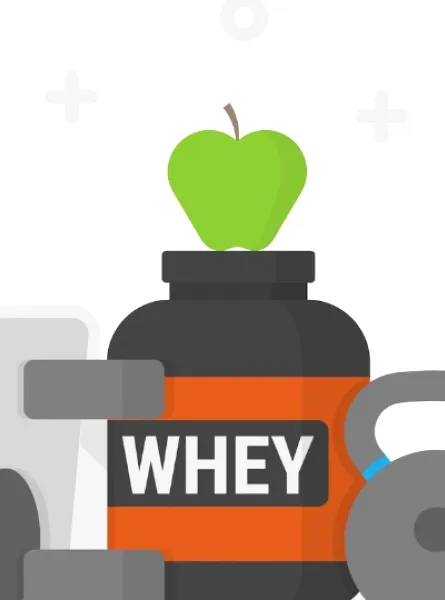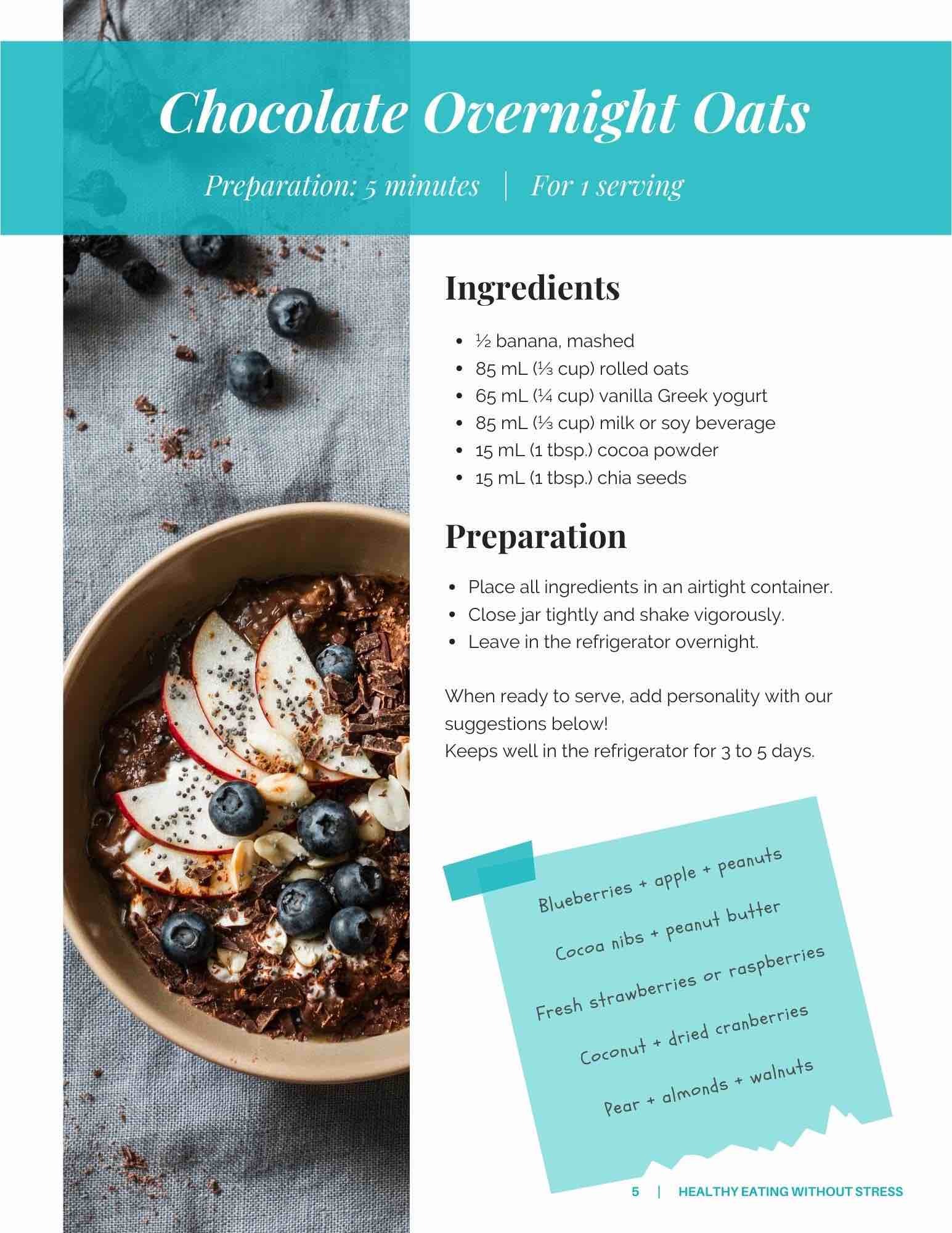
Preparing for a race is about more than strong legs. For many runners, the real challenge isn’t the physical effort—it’s what happens in their gut! Bloating, cramps, nausea, or urgent bathroom stops can quickly turn race day into a nightmare. The good news? Like muscles, your digestive system can be trained!
1. Adjust Your Pre-Run Nutrition
What you eat before a long run or race directly impacts your digestive comfort. The right choices help shorten digestion time and reduce the risk of cramps or heaviness.
To avoid GI (gastrointestinal) discomfort:
- Prioritize carb-rich, low-fibre foods. Refined products like white bread or low-fibre cereals are totally appropriate before a run.
- Reduce fibre, fat, and protein intake at least two hours before your workout.
Pro tip: Swap your whole-grain toast with peanut butter or pre-run almonds for white toast with jam and a banana.
2. Stay on Top of Hydration
Drinking water regularly isn’t just about performance—it helps your gut absorb carbs better during exercise.
Helpful benchmarks:
- Before your run, aim for urine the colour of lemonade: not too dark (dehydration) and not completely clear (overhydration).
- During activity, sip small amounts every 15 minutes.
- Avoid losing more than 2% of your body weight through sweat, as this can reduce performance by up to 10%. Weigh yourself nude before and after a session—if the loss is over 2%, your hydration needs adjusting.
Don’t forget electrolytes
On hot days, during long runs, or if your sweat is very salty (stingy eyes, white marks on clothes, salty skin), add sodium to your fluids. Aiming for 500–700 mg of sodium per litre helps prevent cramps, fatigue, headaches, or confusion.
Pro tip: Use a hydration vest or soft flask with added electrolytes. A few well-measured sips can make a world of difference.
3. Gradually Train Your Gut to Handle Carbs
Yes—you can train your gut to fuel while running! During prolonged efforts, your muscles use up glycogen quickly. Taking in carbs mid-run helps keep your energy steady and avoids “hitting the wall.”
Start with:
- Isotonic drinks with 4–8% carb content (4–8 g per 100 ml)
- Then add gels or bars like those from Xact Nutrition
- Slowly increase to 15–30 g of carbs/hour, building up to 60 g/hour if well tolerated
Pro tip: Increase slowly so your gut adapts to digesting during movement. The amount and form—liquid, gel, or solid—affect digestion. Always take carbs with water during training.
4. Mimic Race Conditions with Your Chosen Products
In the weeks before your event, train using the actual products you’ll consume on race day (drinks, gels, bars, etc.). Digestive training is a key endurance strategy—it boosts performance and reduces GI discomfort.
- Work up to 60 g of carbs per hour, based on your tolerance
- Choose products combining glucose and fructose, which use two absorption pathways and improve efficiency without overloading your gut
- Split your intake: diluting a gel into a small flask makes it easier to sip throughout
Pro tip: Try products during long runs, not just on race day. One brand might work better for you than another, depending on carb content and ingredients.
5. Consult a Sports Dietitian
Everyone is different—what works for one runner may cause issues for another. That’s why working with a registered sports dietitian is a game-changer. They’ll help you:
- Assess your current nutrition habits
- Suggest gradual, realistic changes
- Identify and test the right products for you
- Make Digestion Part of Your Performance Plan
You train hard to meet your running goals—don’t let gut troubles undermine your progress! Training your digestive system is possible and it pays off. Start testing your fuelling strategy now, one run at a time.
Ready to take it further?
Book a session with a TeamNutrition sports dietitian for personalized guidance that could make all the difference on race day.






